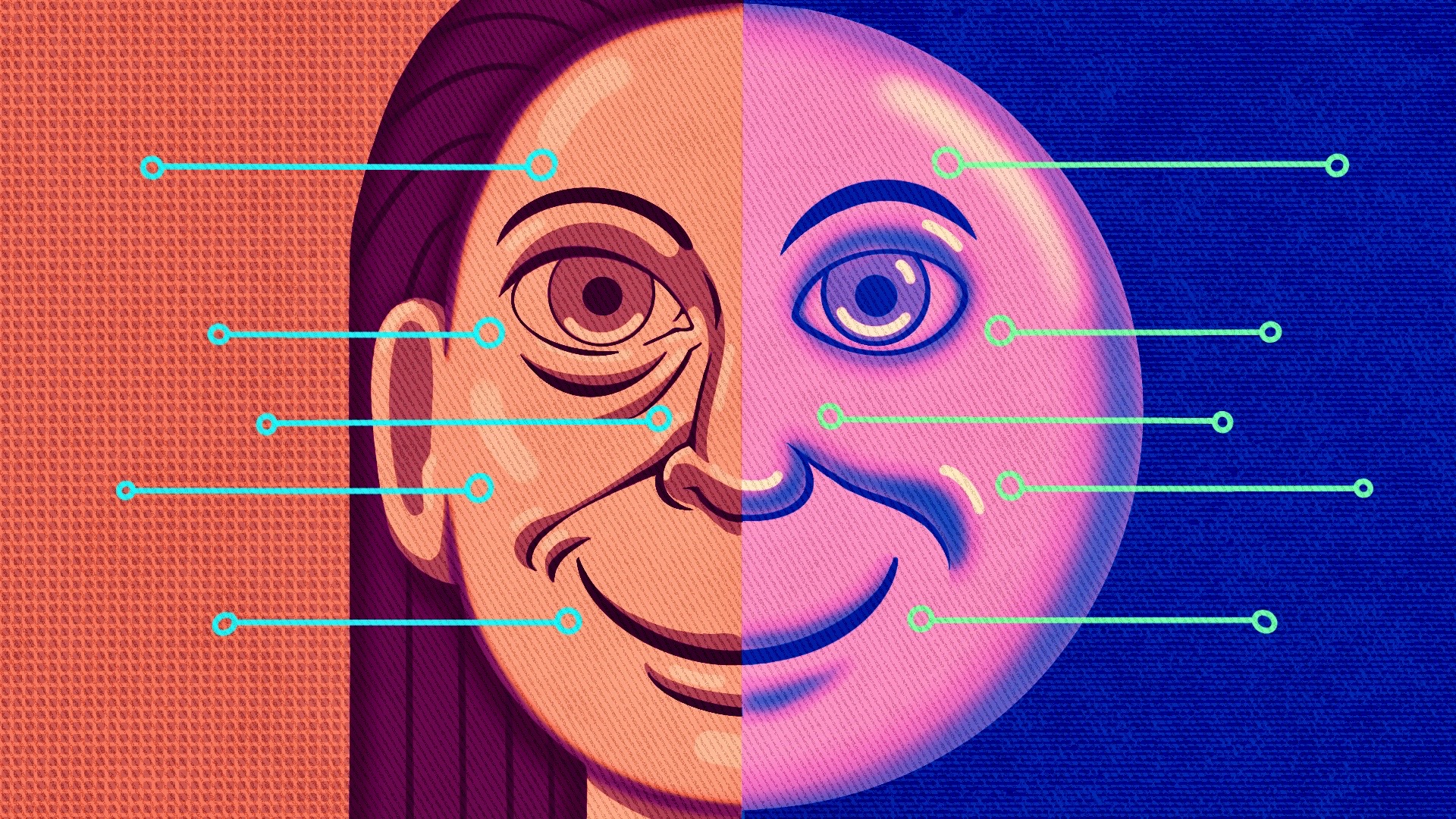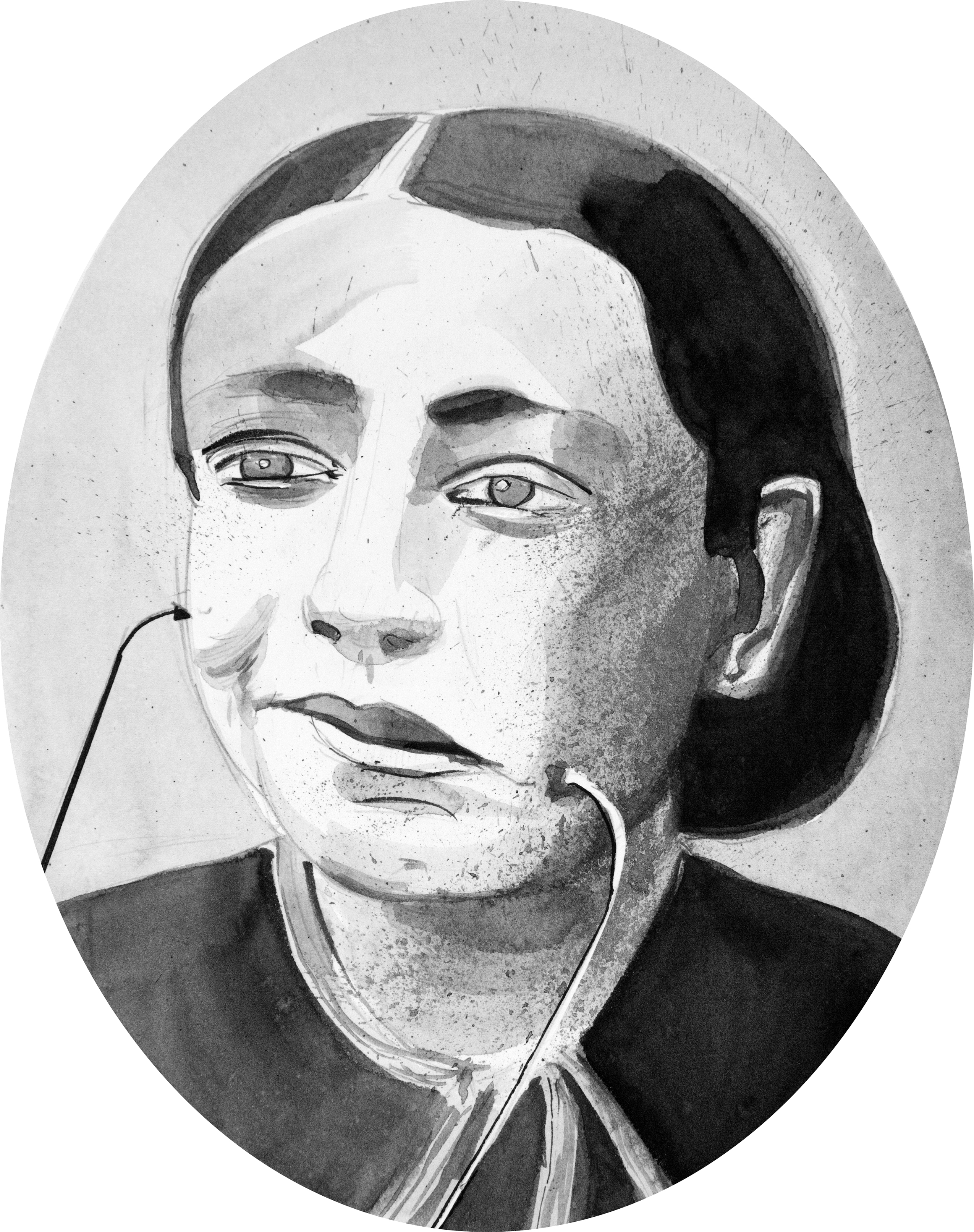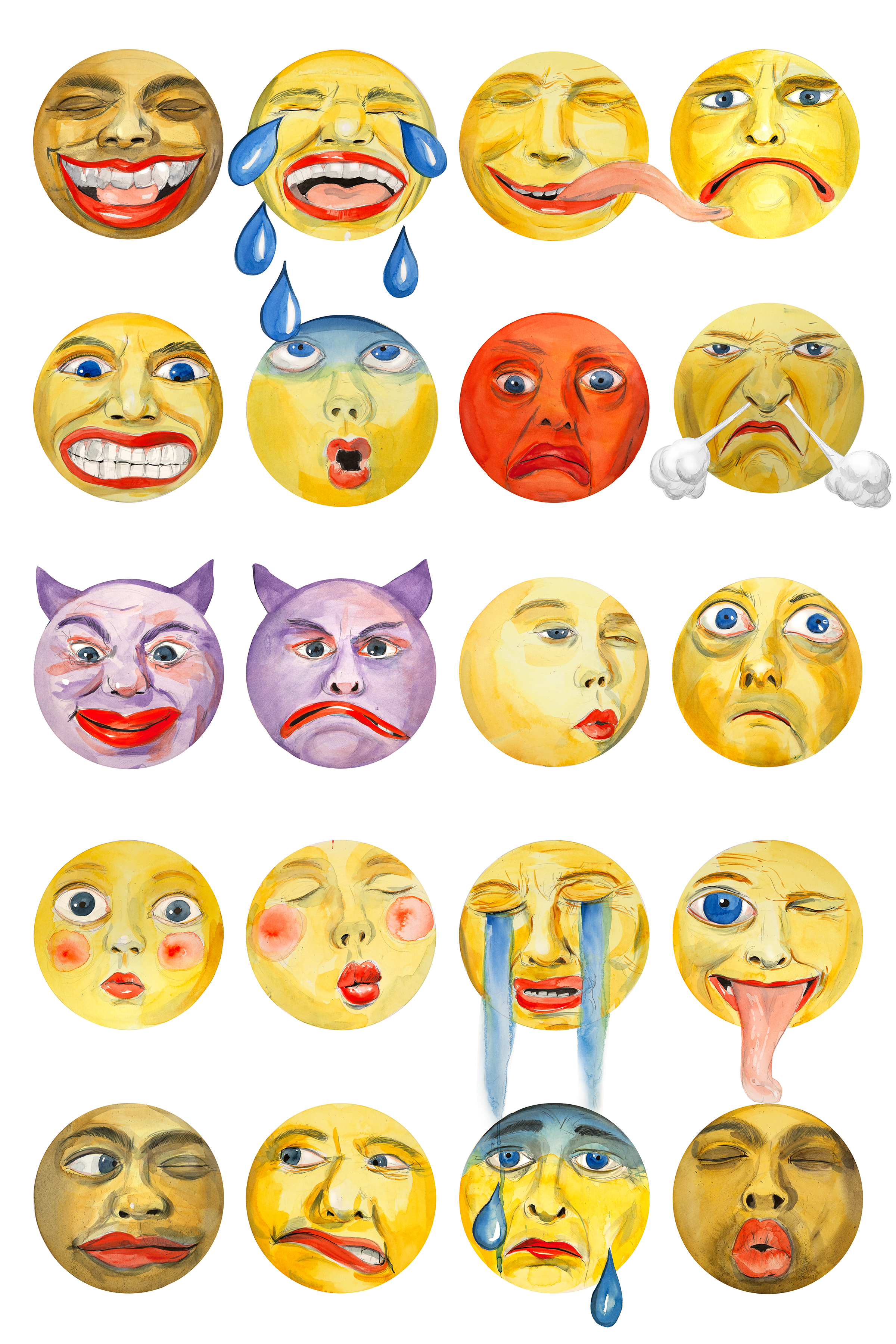How are you really? This seems to be the question that simmers beneath all of our interactions these days. Call it pandemic fatigue or coronavirus burnout, but the malaise that hangs in the air like smoke is real. I know I’m feeling it by my music choices — Nick Cave’s “People Ain’t No Good” repeats often on my headphones. Since March, many of us have been missing out on face-to-face interactions with our friends and family. Video calls and increased use of social media use have filled in the gaps instead. At the School of the Art Institute of Chicago (SAIC) this semester we’ve been attending our classes via Zoom, staring into screens for hours on end. Even in person, necessary precautions like masks and social distancing make it harder to read emotions. I miss seeing people’s smiles and I miss offering up my own to friends and strangers alike. When I step into the elevator in the morning I can’t tell if the people riding with me are afraid and if I should keep quiet or if they are up for a friendly exchange to cut through the strangeness of the world right now.
With emotions running high at the moment, I was intrigued to see and review “Emotions Go to Work,” an interactive installation by artist and filmmaker Zoe Beloff. The show is an exploration of the ever-changing relationship between technology and our emotions. How are our faces read by machines to turn our emotions into financial assets? Are our emotional lives being shaped by the technologies we interact with on a daily basis?
The show is set up in the International Museum of Surgical Science, which is located in an old Victorian house on Chicago’s Gold Coast. I wandered up to the third floor, where the show was spread out across three small adjoining rooms. The installation includes films and a collection of illustrated objects. The objects are a series of free-standing cutout illustrations of anthropomorphized objects: a house with a lock for a nose and tears streaming from its closed eyes, a light bulb with a half-smirk, a television with teeth and a tongue. Each of the objects contains a QR code that the viewer can scan to learn more about each piece.
For example, a cutout of a television which a toothy grin reads: “On March 6, 2017, WikiLeaks released documents about a covert CIA program code named Weeping Angel, which used ‘smart’ televisions as covert listening devices. Smart TVs have microphones so viewers can make voice commands, such as requests for movie recommendations. The commands typically aren’t transmitted outside the home unless users activate the feature. If the TV is off, there’s no listening being done. However, using this program, the CIA could listen to people even when their TVs appeared to be turned off.” The information is interesting, and often conveys more about the concepts Beloff is tackling than the pieces would on their own.
“Emotions Go to Work” was created long before the coronavirus came to dominate day-to-day life, but in a time when we are seeing each other’s faces through screens more than ever before, the show feels particularly relevant. I wondered if the events of the last few months would place the work under a slightly different lens. In an exchange over email, Beloff explained what she thought about this and whether the pandemic changed the way she views the work:
“It’s true that we are using computers more now. I’m Zooming with my classes, but I’m not sure that this changes the way I think about ‘Emotions Go To Work.’ My project was very much about how technology companies seduce us with devices into sharing our data and making us useful to them. This is, of course, accelerated as real human contact is so limited.
“Teaching online has also made me so conscious of how important faces are! So I guess this has heightened my interest in reading emotion. But of course, as AI attempts to do this, my project also highlights the dark side of this ‘emotional capital’.”
I agreed with Beloff that the speed at which we jump to share the intimate details of our lives online is alarming. I had already begun to dial back my own use of social media prior to the pandemic, but a few months into lockdown, my time online had spiked. I took stock of how it was making me feel and quit social media completely, deleting all of my remaining accounts. Of course, the type of monitoring Beloff is highlighting in “Emotions Go to Work” isn’t completely avoidable. I still share my emotions online every day in texts and calls to family and friends. But it’s interesting to notice the cycle that Beloff explained show up in my own life. We share emotions, companies mine that emotional data and, in turn, they have the power to manipulate how we are feeling.
For me, the most compelling work in the show was “An Alphabet of the Passions” which consists of three parts. Each part is composed of a printed panel of ‘alphabetized’ illustrations of emotions. The first part of the alphabet, “Duchenne de Boulogne,” explores the work of the French physiologist who created a series of photographic charts to catalogue and display an array of human emotion for scientific study. The second ‘alphabet’ is filled with the artist’s take on emojis. The drawings on this panel are vibrant and Beloff’s drawings bring the emojis we see everyday to life in a way that feels funny and a bit uncanny. The folds in the faces of the emojis are drawn to look like real skin, the faces pulling and sagging in the ways a human face would. This makes them feel strangely human, demonstrating how the use of emojis mines our own very real emotions and turns them into something digital, robotic, and antiseptic. The final panel is called “Data Clouds” and consists of storm clouds with human features. The clouds make a mess of the spaces in their frames, calling to our attention the unforeseen disasters that our collected data may have in the future.
The drawings in these three alphabets allow the viewer to see and engage with the artist’s process in a way that is missed in some of the free-standing illustrations. Sketched lines are visible, as well as splashes of ink or paint. Seeing the human process of the artist at work clearly contrasts with the absurdity of businesses that try to categorize, standardize, and profit from human emotion.
The alphabets strike a balance between the humorous and the sinister, revealing how strange it is that we’ve normalized freely giving our emotional information away to companies like Facebook, Google, and Apple on a daily basis. Now more than ever, our faces, and the emotions they convey and reveal, are a precious resource. Zoe Beloff’s work asks us to consider whom we share them with.
“Emotions Go to Work” is on view at the International Museum of Surgical Science

























